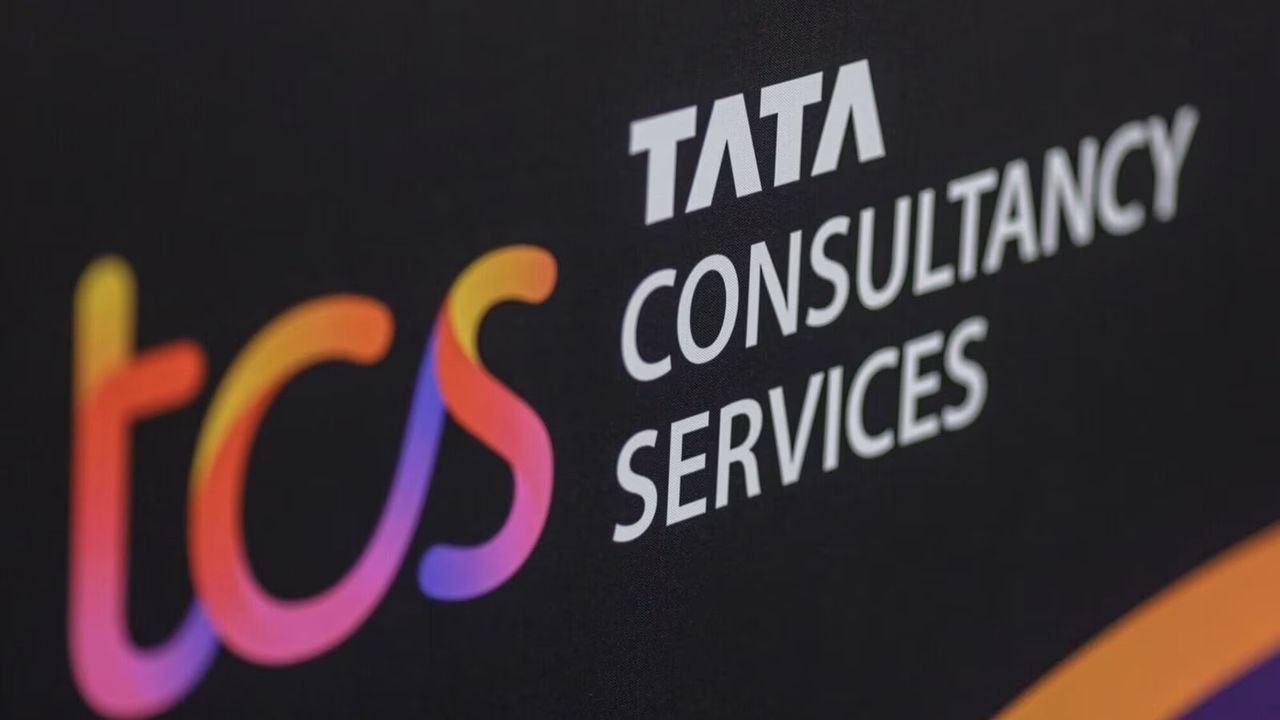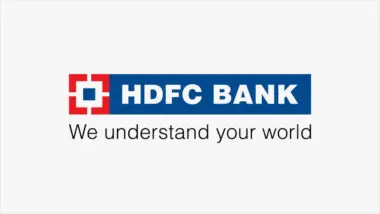Vedanta Group emerges as top wealth creator in current fiscal year, increases market capitalization by more than Rs 2.2 lakh crore.
Vedanta Group, including Vedanta Ltd and Hindustan Zinc Ltd, have delivered the highest returns to investors on Dalal Street up to now in this fiscal year, as the total market value of both companies has increased by Rs 2.2 lakh crore.
)
Both Vedanta Ltd and Hindustan Zinc Ltd from the Vedanta Group have been the top wealth generators for investors on Dalal Street in the current fiscal, as the market valuation of both companies has increased by Rs 2.2 lakh crore. According to stock exchange data, the Vedanta Group's market capitalization increased by more than Rs 2.2 lakh crore from March 28 to June 20, 2024.
This exceeds the market cap growth seen by top Indian companies such as Reliance Industries, Mahindra Group, and the Tata Group in the same timeframe.
According to stock exchange data, Vedanta and Hindustan Zinc's share prices have doubled from their lowest points in the past 52 weeks due to several positive factors, such as the planned demerger, the management's ongoing efforts to reduce debt, and a notable increase in earnings.
In FY24, Vedanta achieved its second-highest revenue of Rs 1,41,793 crore and EBITDA of Rs 36,455 crore, maintaining a 30% EBITDA margin despite a moderate commodity cycle.
Vedanta Group has planned a strategic roadmap to reach an EBITDA of USD 10 billion soon, supported by the timely implementation of over 50 high-impact growth projects, including initiatives in zinc, aluminum, oil & gas, and power sectors. Furthermore, on May 22nd, Vedanta and Hindustan Zinc reached their record highs at Rs 506.85 and Rs 807, respectively.
Investors' growing confidence in Vedanta Group was reflected in the higher stake held by institutional buyers, with foreign institutional investors' ownership in Vedanta increasing to 8.77% in the March quarter from 7.74% in the previous quarter.
Analysts stated that commodity price strengthening will contribute positively to Vedanta's profitability, along with benefits from cost optimization initiatives starting in FY25.
What's Your Reaction?



























:max_bytes(150000):strip_icc()/GettyImages-80487462-59833fb6d088c000112fcc2c.jpg)





/https://tf-cmsv2-smithsonianmag-media.s3.amazonaws.com/filer/b6/30/b630b48b-7344-4661-9264-186b70531bdc/istock-478831658.jpg)






)























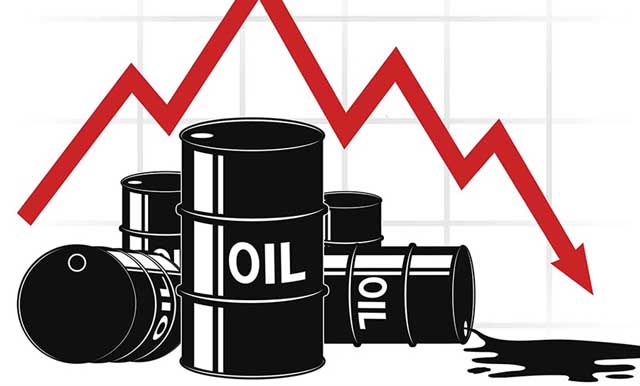


:max_bytes(150000):strip_icc()/GettyImages-173607153-3eb9caf873014f9ab2e3c11cf071d2c9.jpg)










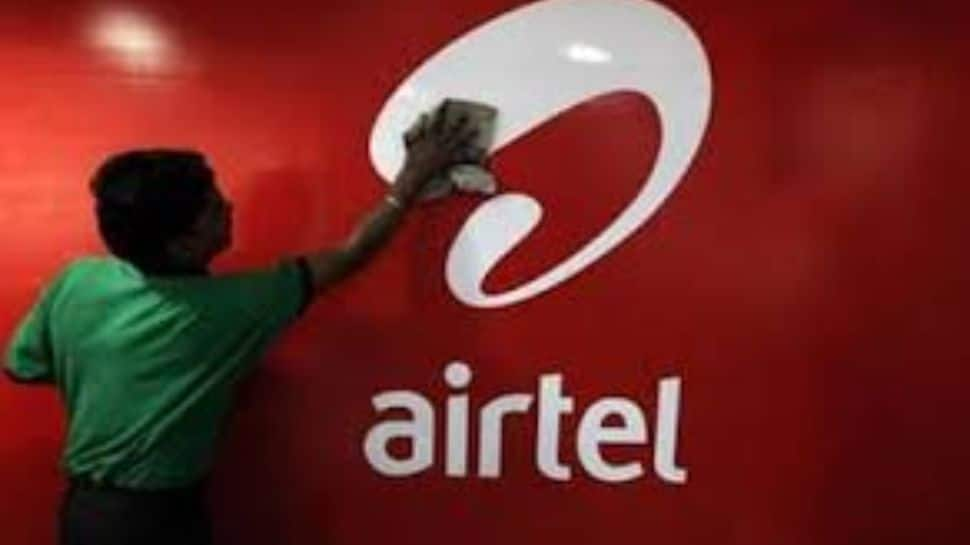








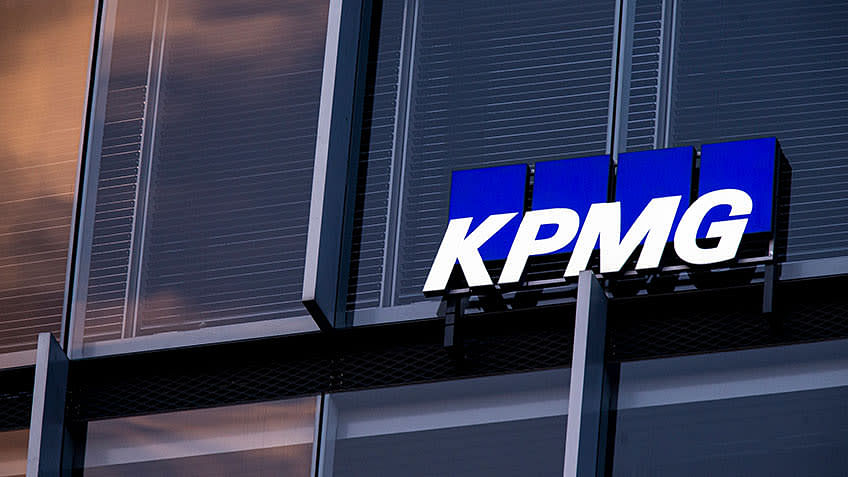
)

